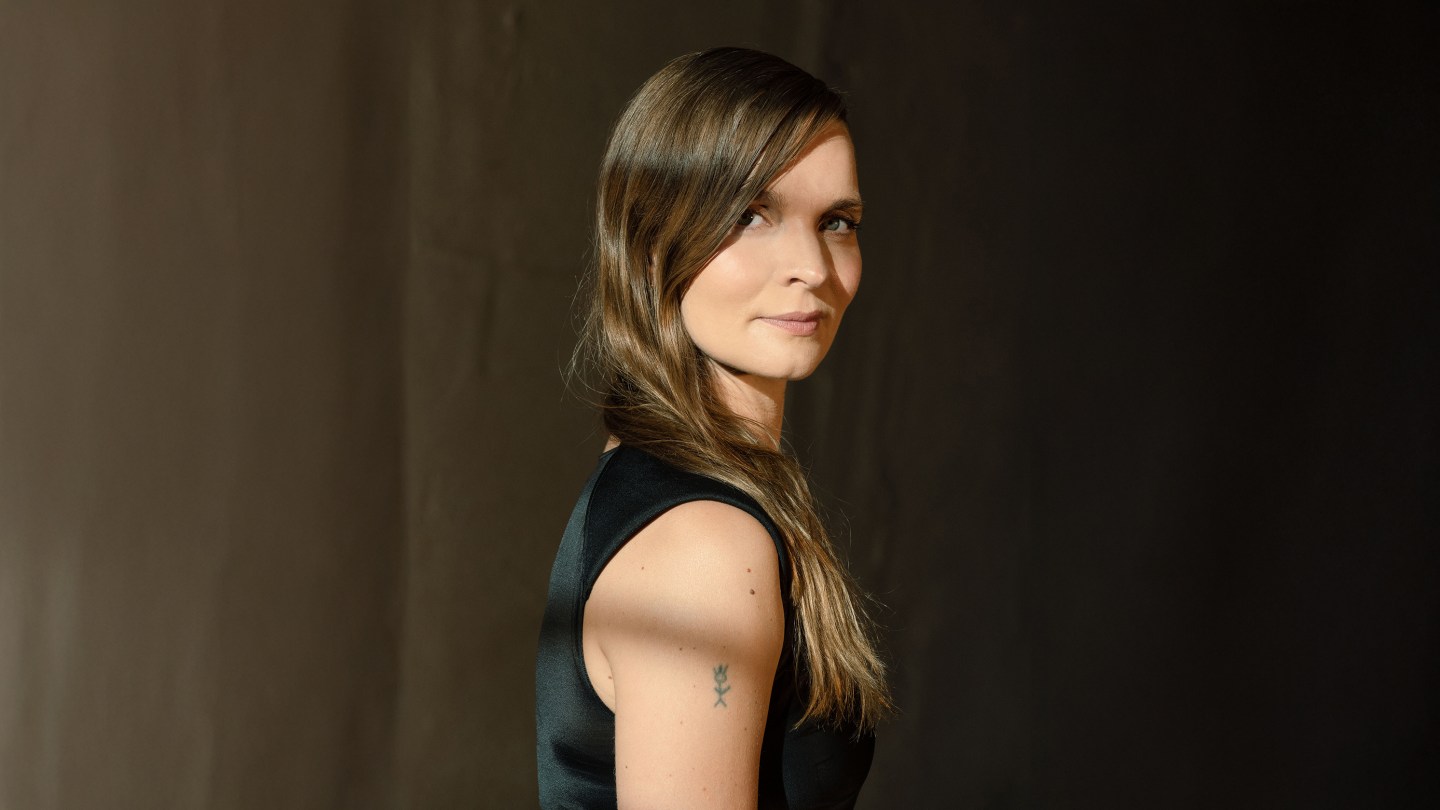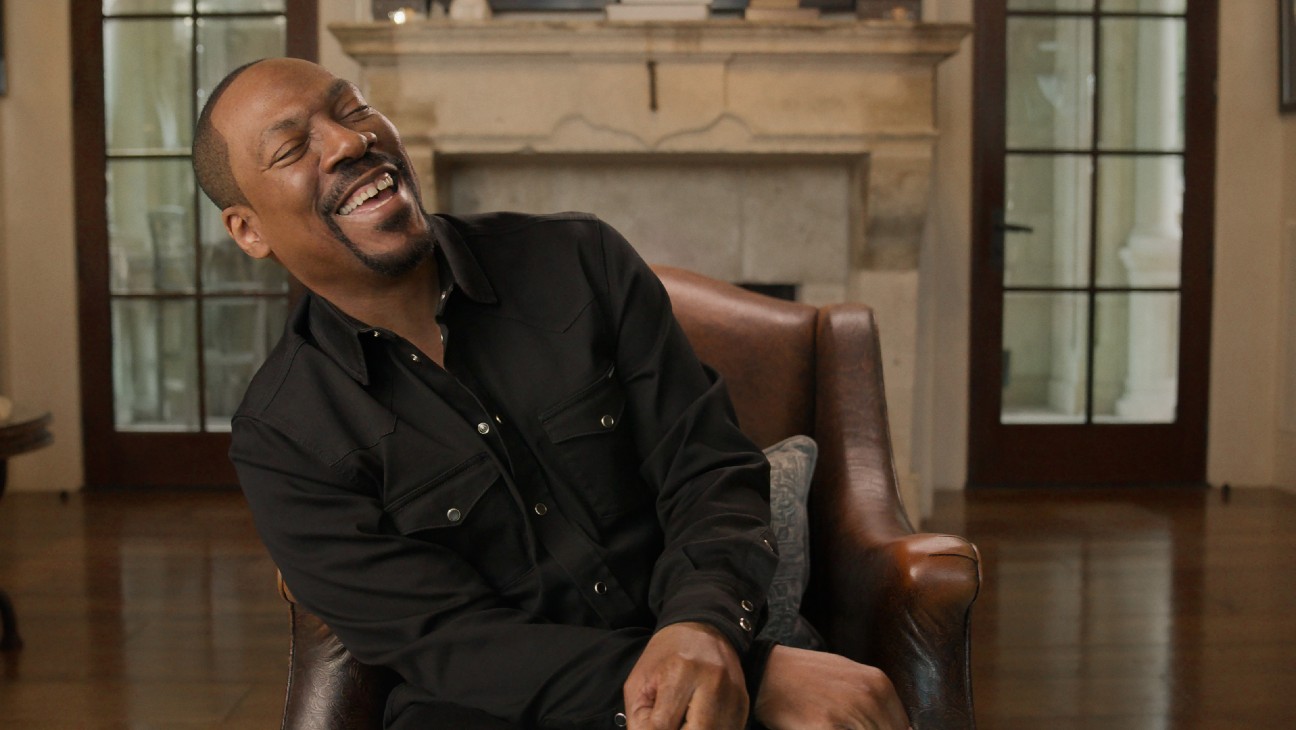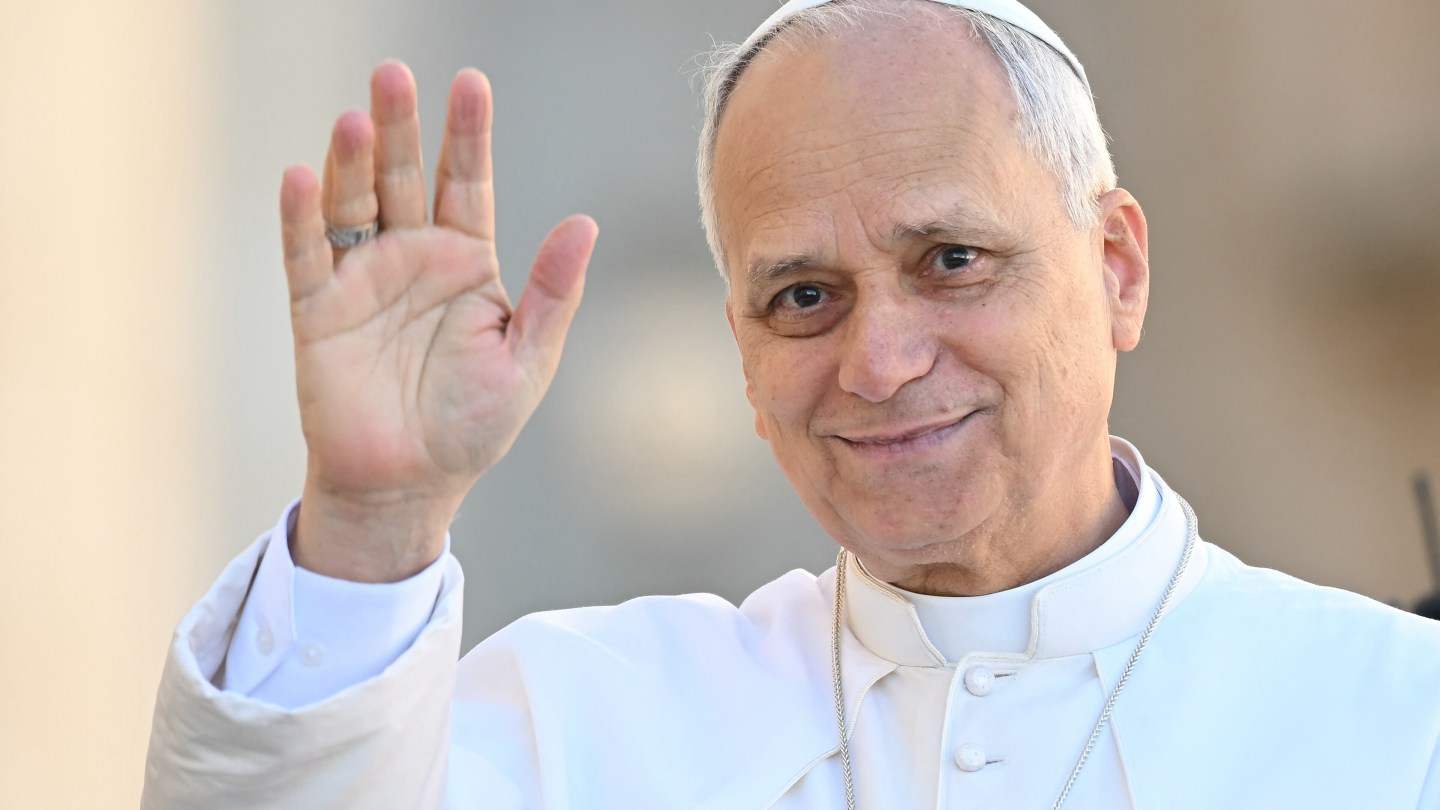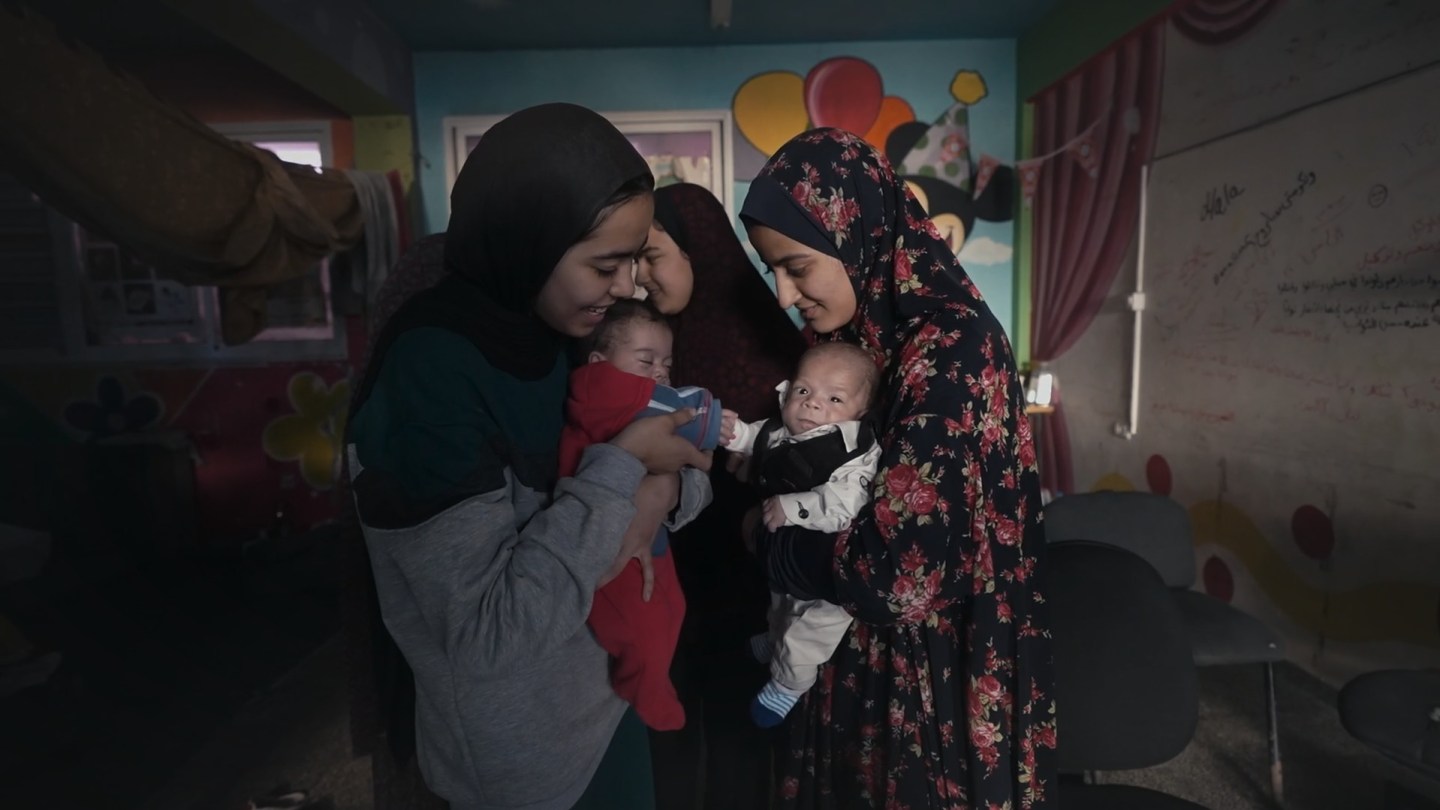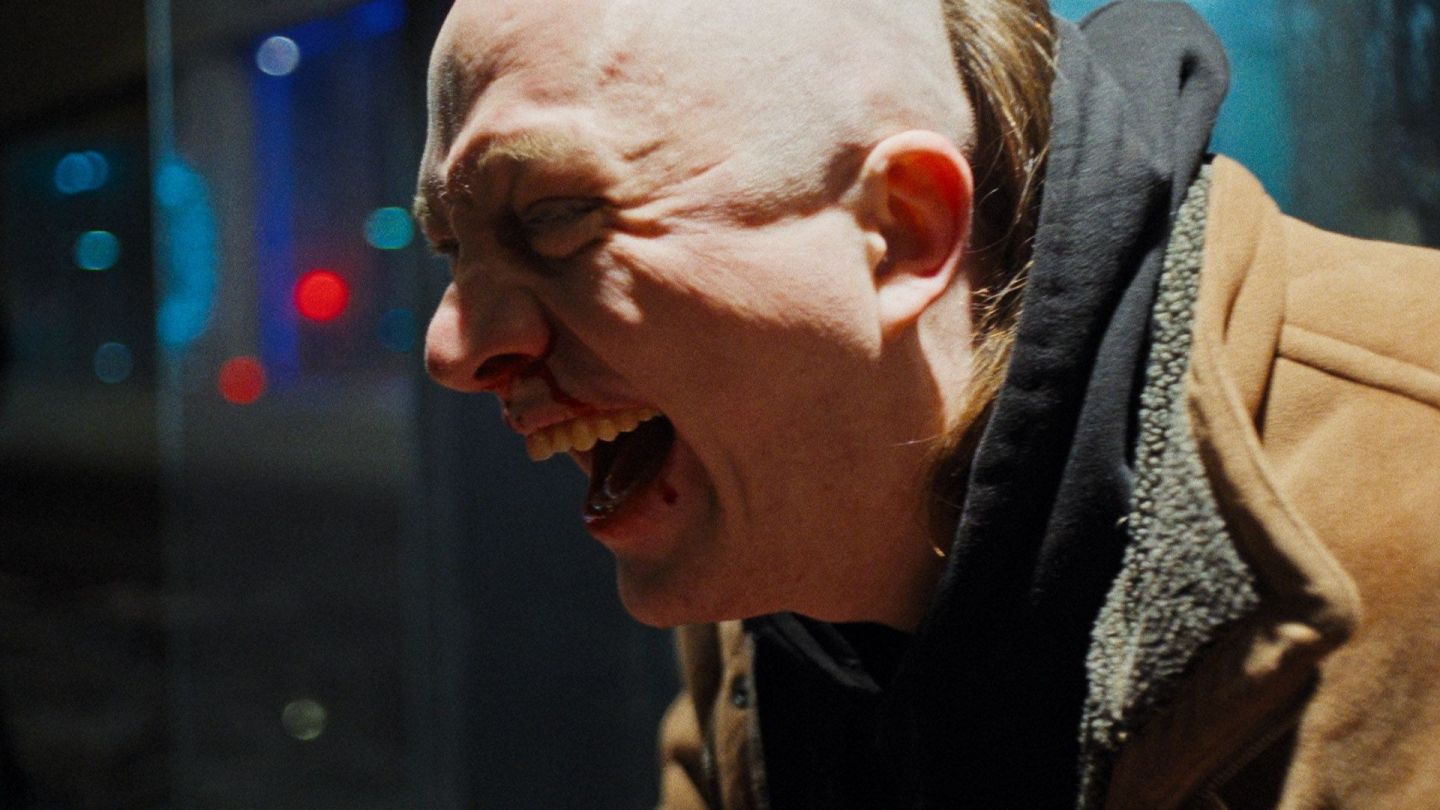Hildur Gudnadóttir never imagined doing anything but making music.
“I never really made a decision to become a musician, it was just the normal thing to do in my family,” says the Oscar, Emmy and Golden Globe-winning composer of Joker, Tár and HBO’s Chernobyl, winner of this year’s career achievement award at the 2025 Zurich Film Festival. “Everyone in my family is either into music or into medicine. It’s nurses or doctors or physiotherapists or musicians. And the musicians are the majority.”
Gudnadóttir trained as a classical cellist from the age of six, but was surrounded by every kind of sound. Her mother is an opera singer, her father is a conductor and composer responsible for commissioning new, avant-garde works in Iceland. As a teenager, she played in bands that combined pop and folk with electronica and heavy metal.
“From very early on, I thought there was no right or wrong way to play music,” she says, “Anything was possible and everything was allowed.”
That experimental attitude has defined her career. Her haunting score for Chernobyl — an Emmy, BAFTA and Grammy winner — was composed entirely using on-site recordings at a nuclear power plant. For her Oscar-winning score to Joker, Gudnadóttir composed sections on the halldrophone, a cello-like electornic instrument that creates an eerie drone, a sonic expression of the anxious dread at the heart of Todd Phillips’ psychological superhero-adjacent blockbuster.
As different as her film and TV music can be, all of Gudnadóttir’s work shares a clear identity. There are sonic through lines between Chernobyl and her scores for Todd Field’s Tár or Sarah Polley’s Women Talking, and with Gudnadóttir’s original compositions. (Her new album, “Where to From” her first in nearly a decade, comes out Oct. 31). Directors who seek her out are looking for that Gudnadóttir sound.
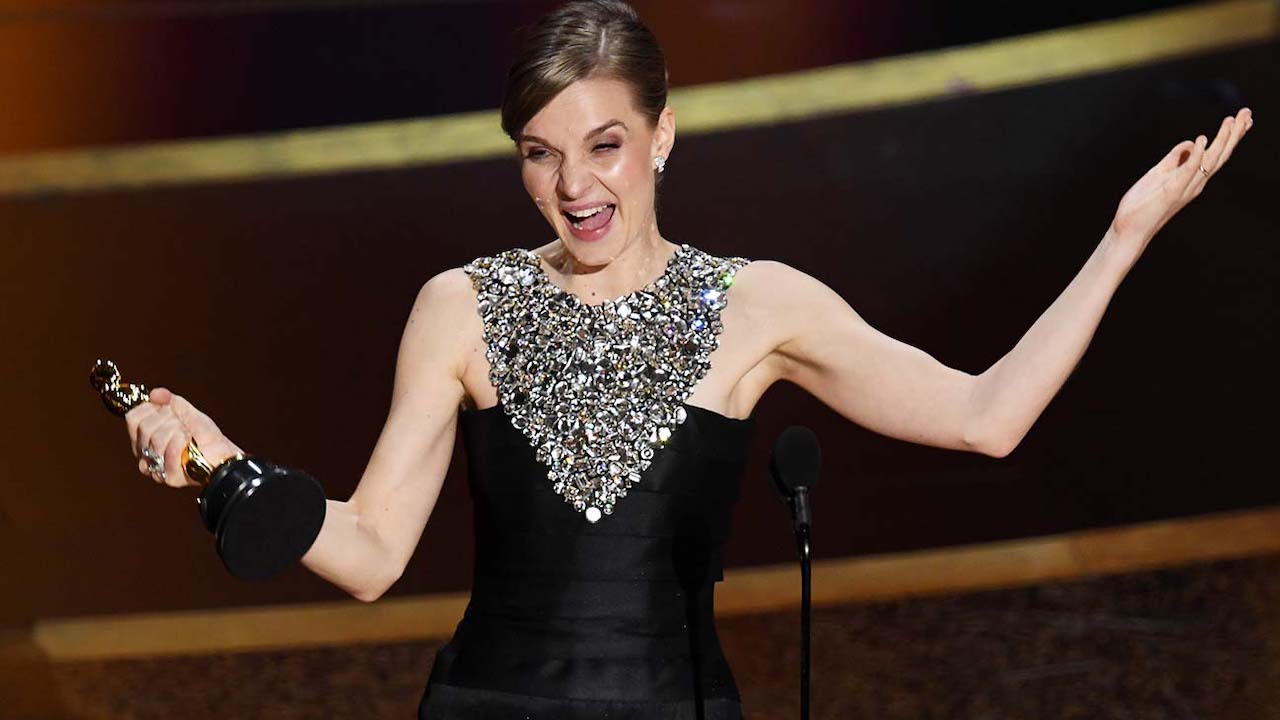
“One of my biggest blessings in my life as a musician is that I don’t normally get asked to write music as anyone else but myself,” she says. “Normally, I get involved in a project really early, when there’s just a script. I pick my projects based on my reaction to the script. If there’s a sense of melodic resonance, when I can imagine the sound world of this universe and I think I can compose into what this universe requires, that’s the starting point.”
That was the case with Nia DaCosta’s Hedda, starring Tessa Thompson. DaCosta’s re-imagining of Henrik Ibsen’s classic play Hedda Gabler shifts the story from 19th-century Norway to 1950s Britain. The entire film plays out over one long party at an English estate, where the stuffy, traditional English aristocracy collide with Hedda’s bohemian artist friends.
Taking inspiration from the period and location, Gudnadóttir pitched DaCosta on building a score around the ideas of Cornelius Cardew, the English experimentalist who pioneered the “Scratch Orchestra,” a radical ensemble of trained and untrained musicians.
On set, she recreated that spirit. “The main actors, some of whom had experience singing, but also the women from the production office, the boom operator, the gaffers — I just grouped them together while they were shooting and had them sing,” she recalls. “It was a celebration of what happens when you make a film, how you get hundreds of people just to make this one piece of art together.”
Layered with live jazz and pounding percussion from experimental duo Robin Schulkowsky and Joey Baron, the result gave Hedda an extra pulse. “When you make film versions of plays, there tends to be a lot of text, so we thought we needed something to give action and movement to the story,” she says.
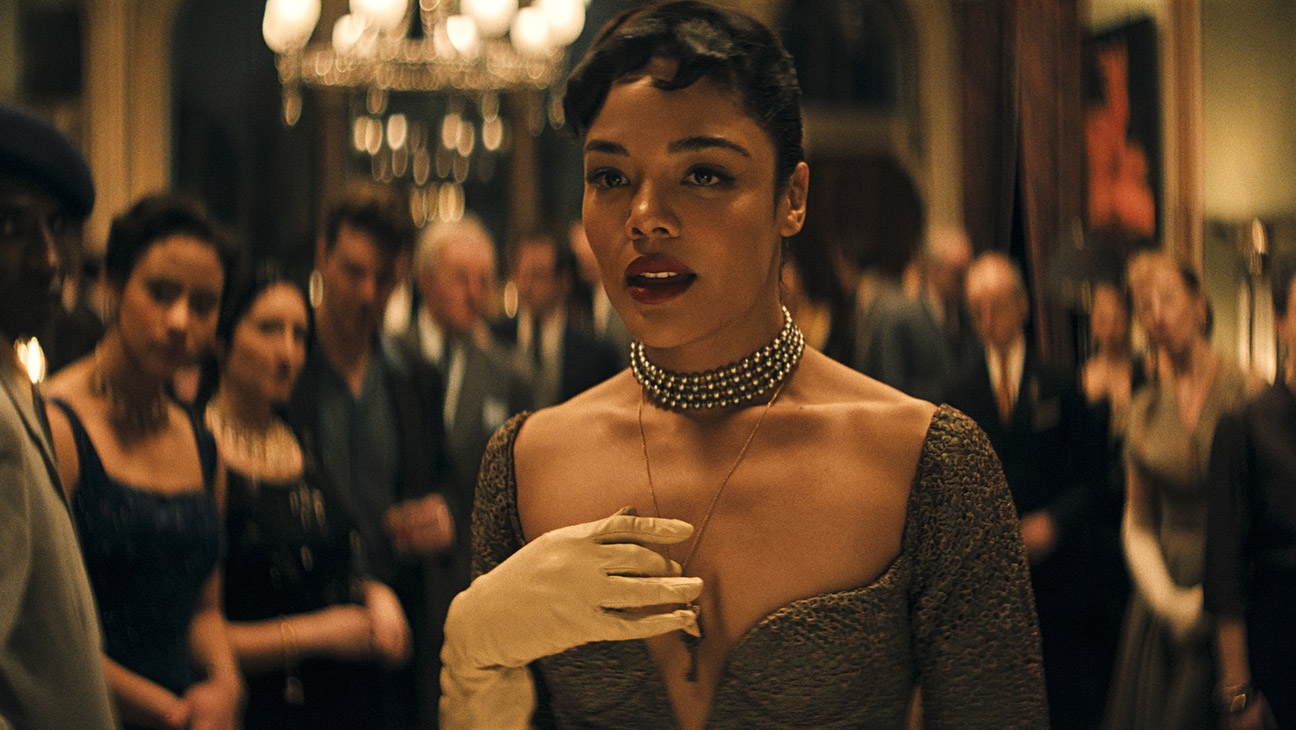
With Hedda, as with all her scores, Gudnadóttir remains distinctive without being in-your-face. Restraint and subtlety have become her trademarks.
“Music can be very manipulative. You can sneak in through the back door of people’s emotions,” she notes. “I always try to be very respectful of that, to give the audience the space to have their own emotions. In Tár, for example, there’s music under almost the whole film, but most of it is very subtle. It works on a subconscious level. If you’re careful about how you place these threads, when you come in with a strong statement, it has so much more power.”
Despite her success — she is just a Tony away from EGOT status — Gudnadóttir says she still faces “bizarre” obstacles as a female composer in a field dominated by men.
“I’ve been asked, straight up, if I could ‘handle’ composing for a big film because I’m a woman,” she says, still incredulous. “I was asked that after I won the Oscar. This isn’t ancient history.”
The statistics back her up. “One of the reasons I decided to put a focus on composing for films was the staggering figure — only around one percent of the biggest scores were composed by women. That percentage hasn’t risen by much. Seeing the hard numbers of how many women are getting these opportunities, it’s really quite sad.”
Not that she’s letting that stop her. In addition to Hedda, she’s already finished work on two other major projects cued up for 2026. She’s shifting into the horror space with the soundtrack to DaCosta’s zombie sequel 28 Years Later: The Bone Temple and Maggie Gyllenhaal’s gothic horror romance The Bride.
“I’m such a happy person in life, in my film work I tend to head in the opposite direction, towards the darker, heavier side of human nature,” she says, laughing. “So horror is not such a reach. A real challenge for me would be to do a rom-com. That’s really not my line.”

